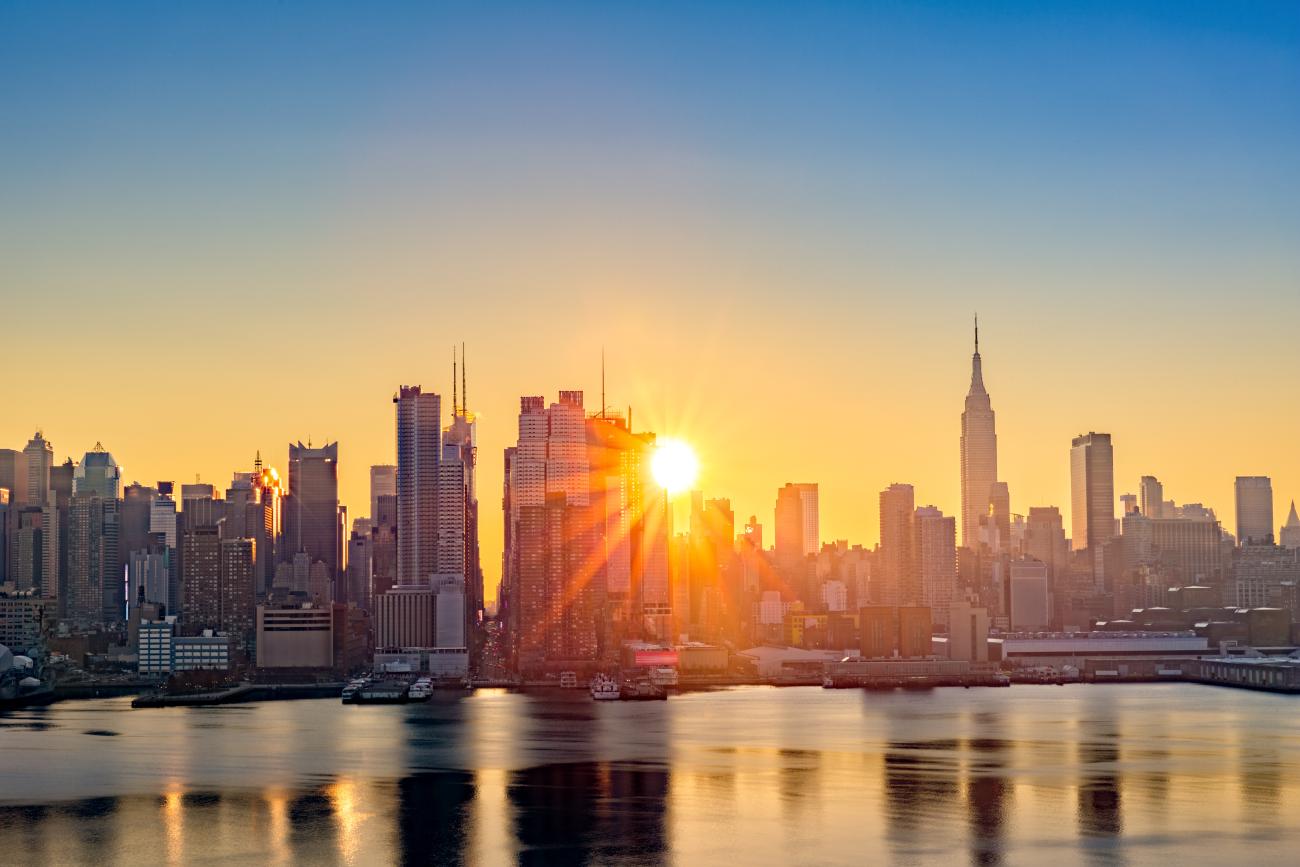Professor Rob Hope, REACH Director, University of Oxford
The UN will host the second global water conference in New York on 22-24 March, over forty years after the first gathering in Argentina in 1977. It begs the questions: why so long? And, what can this event hope to deliver?
The increased attention on water insecurity emerging from the climate discussions has brought water back to the fore. As carbon is the mitigation story, water is the adaptation story. Floods, droughts, cyclones and heatwaves have increasingly dominated global and local news leading to high level political and economic concerns. With vulnerable women and girls often at the most risk from climate extremes and water insecurity, calls for social justice are yet to be met.
The first global water conference laid the foundation for a decade of global action on drinking water supply and sanitation which has informed the Millennium Development Goals (2000-2015, MDGs) and the current Sustainable Development Goals (2015-2030, SDGs). But despite billions of dollars of investment and major gains in increasing drinking water access, population growth means there have been limited relative improvements. Today, there are an estimated 2 billion people without safely managed drinking water. Water inequalities abound almost everywhere and there is no simple Global North versus Global South separation.
The March meetings aspire to take stock of progress and define a global Agenda for Action. Some 2,000 organisations have registered to prepare an astonishing myriad ideas and initiatives supported by a tsunami of reports. What could be the changes that could make a difference before 2030?
First, before more finance is offered, better use of existing funds should be required. For example, development banks and major donors often prefer short term loans to build drinking water infrastructure with little accountability for long term services. In rural areas, handpumps and piped schemes can fail in a couple of years and remain broken for weeks or months, or forever. Users will then be less likely to pay, they will be no better off, and financial returns to investment will be marginal. No new infrastructure should be funded without long term service guarantees. Everyone gets a better return if financial risks and social returns are jointly addressed.
Second, invest and learn from governments with bold plans to protect rivers and aquifers. For example, in northern Kenya, the city of Lodwar survives in one of the driest parts of the planet with long term dependency on groundwater. Based on work by the University of Nairobi, an environmental management plan has been co-created with government to design enforceable steps to protect critical recharge points from pollution and unplanned urbanisation. In Bangladesh, Dhaka has an ambitious river restoration plan, including a river water quality monitoring system to identify and respond to high levels of industrial and domestic pollution. This will inform the sequence and prioritisation of a USD8 billion of infrastructure investments over the next decade.
Finally, be wary of the hype and hope. Rhetoric on climate, finance and rights will echo in every room. Bold and normative statements should be critically questioned to understand objective evidence of what meaningful change can be achieved, and for whom. The Government of India’s commitment in 2019 to provide every household with piped water by 2024 offers one example of leadership, investment and action that may serve as inspiration to many other governments. Let us hope that the conference catalyses similar initiatives and action to provide concrete steps to achieving water security for everyone.

